Welcome to the ultimate guide on locating grab bars in your shower for maximum safety! When it comes to creating a safe and accessible bathroom, installing grab bars is a must. These simple yet effective devices can provide stability and support for individuals of all ages and abilities, reducing the risk of slips and falls. But where exactly should you place grab bars in your shower? In this comprehensive guide, we will explore the key areas within your shower where grab bars are essential for maintaining balance and preventing accidents. From entry and exit points to strategic positions for optimal support, we will cover it all. Whether you are a caregiver looking to enhance the safety of a loved one's bathroom or simply want to prioritize your own well-being, this guide will equip you with the knowledge and insights you need to make informed decisions. So let's dive in and create a safer shower experience for everyone!

The importance of grab bars in shower safety
Slippery floors, soapy surfaces, and limited space make the shower one of the most accident-prone areas in the home. That's why installing grab bars is crucial for maintaining safety and independence. Grab bars provide stability and support, helping individuals maintain their balance and reduce the risk of falls. They can be particularly beneficial for seniors, people with disabilities, and individuals recovering from injuries or surgeries. By providing a sturdy handhold, grab bars offer peace of mind and confidence, allowing users to navigate the shower with ease. Whether you're stepping in or out of the shower, reaching for shampoo, or simply maintaining your balance, grab bars are a valuable addition to any bathroom.
When it comes to grab bar installation, it's important to adhere to the guidelines set by the Americans with Disabilities Act (ADA). These guidelines ensure that grab bars are installed in the most effective locations to maximize safety and accessibility. By following these guidelines, you can create a bathroom that is not only functional but also compliant with industry standards. Understanding the ADA guidelines for grab bar placement is essential for ensuring that your shower is as safe as possible. Let's take a closer look at these guidelines and how they can help you determine the best locations for grab bars in your shower.
Understanding the ADA guidelines for grab bar placement
The ADA guidelines provide specific recommendations for grab bar placement in showers. These guidelines take into account the needs of individuals with disabilities and aim to create a safe and accessible environment for all users. According to the ADA, grab bars should be installed at the entrance and exit points of the shower, as well as on the back wall and the control wall. This ensures that users have support when entering and exiting the shower, as well as while standing or sitting inside. The guidelines also specify the height and size of grab bars to ensure optimal functionality. Grab bars should be at least 1 ½ inches in diameter and should be mounted 33-36 inches above the finished floor. This height range ensures that grab bars can be easily reached and provide adequate support for users of different heights. By following these guidelines, you can create a shower that is safe, accessible, and compliant with industry standards.
Locating grab bars near the entrance of the shower
One of the key areas where grab bars should be installed is near the entrance of the shower. This is especially important for individuals who may have difficulty stepping in or out of the shower due to mobility issues or balance problems. By having grab bars near the entrance, users can hold onto them for support and stability while getting in or out of the shower. When installing grab bars near the entrance, it's important to consider the specific needs of the user. For example, if the user primarily uses a wheelchair, the grab bars should be positioned at a height that allows for easy transfer from the wheelchair to the shower seat. If the user has limited upper body strength, it may be beneficial to install horizontal grab bars in addition to vertical ones for added support. By customizing the placement of grab bars based on individual needs, you can ensure maximum safety and convenience for all users.
Installing vertical grab bars for stability and support
Vertical grab bars are an essential component of shower safety. These bars provide stability and support, allowing users to maintain their balance while standing or moving around in the shower. When installing vertical grab bars, it's important to position them at the recommended height of 33-36 inches above the finished floor. This height ensures that the grab bars can be easily reached and provide adequate support for users of different heights. Vertical grab bars should be securely mounted to the wall, using appropriate hardware to ensure stability. It's also important to choose grab bars that have a non-slip surface for added grip. By installing vertical grab bars in strategic locations within the shower, you can enhance safety and minimize the risk of falls.
Adding horizontal grab bars for additional safety measures
In addition to vertical grab bars, horizontal grab bars can provide additional safety measures in the shower. These bars can be particularly beneficial for individuals who may need to sit or lean while showering. Horizontal grab bars offer a sturdy handhold that users can grip while seated or while transitioning between standing and sitting positions. When installing horizontal grab bars, it's important to position them at a height that allows for easy reach and a comfortable grip. The ADA guidelines recommend a height range of 33-36 inches above the finished floor. By installing horizontal grab bars near shower seats or benches, you can create a safe and supportive environment for individuals who may need to sit or lean during their shower.
Placement of grab bars near shower seats or benches
For individuals who require a shower seat or bench, it's essential to install grab bars in close proximity. These grab bars provide additional support and stability while transferring to and from the seat, as well as while seated in the shower. When positioning grab bars near shower seats or benches, it's important to consider the individual's specific needs and preferences. The grab bars should be within easy reach and should be securely mounted to the wall. It's also important to ensure that the grab bars do not interfere with the user's ability to sit comfortably on the seat or bench. By placing grab bars in strategic locations near shower seats or benches, you can enhance safety and accessibility for users who require additional support during their shower.
Considerations for grab bar placement based on individual needs
While the ADA guidelines provide general recommendations for grab bar placement, it's important to consider individual needs and preferences when determining the specific locations for grab bars in your shower. Each person may have unique requirements based on their mobility, strength, and balance. For example, someone with a higher level of mobility may only require one grab bar near the entrance of the shower, while someone with limited mobility may benefit from multiple grab bars positioned at different heights throughout the shower. It's also important to consider whether the user is right-handed or left-handed, as this can affect the placement of grab bars for optimal use. By taking into account individual needs and preferences, you can customize the placement of grab bars to maximize safety and convenience for each user.
Recommended grab bar heights for different users
When installing grab bars, it's important to consider the height of the users who will be using the shower. The ADA guidelines recommend a height range of 33-36 inches above the finished floor for grab bars. However, it's worth noting that this height range may not be suitable for all users. For individuals who are taller or shorter than average, it may be necessary to adjust the height of the grab bars accordingly. The goal is to ensure that the grab bars are within easy reach and provide adequate support for users of different heights. By customizing the height of the grab bars based on individual needs, you can create a shower that is safe and accessible for all users.
Other safety features to consider in the shower
While grab bars play a crucial role in shower safety, there are other features that can further enhance the overall safety and accessibility of your shower. Consider incorporating the following features to create a comprehensive safety solution:
1. Non-slip flooring: Install non-slip flooring or apply non-slip coatings to the existing flooring to reduce the risk of slips and falls.
2. Shower benches or seats: Provide a shower bench or seat for individuals who may need to sit or rest during their shower.
3. Handheld showerheads: Install a handheld showerhead that can be easily adjusted for height and direction, allowing users to shower with ease.
4. Temperature control: Install a thermostatic mixing valve to regulate the water temperature and prevent scalding or sudden temperature changes.
5. Adequate lighting: Ensure that the shower area is well-lit to improve visibility and reduce the risk of accidents.
6. Shower curtains or doors: Install shower curtains or doors to contain water within the shower area and prevent slippery conditions outside the shower.
By incorporating these additional safety features, you can create a shower that is not only safe and accessible but also comfortable and convenient for users of all abilities.
Conclusion: Ensuring maximum safety with properly placed grab bars
In conclusion, installing grab bars in your shower is essential for maintaining safety and accessibility. By following the ADA guidelines for grab bar placement, you can ensure that your shower is compliant with industry standards and provides optimal support for users. From locating grab bars near the entrance of the shower to adding horizontal grab bars for additional safety measures, each placement decision plays a crucial role in creating a safer shower experience. It's important to consider individual needs and preferences when determining the specific locations for grab bars, as well as to incorporate other safety features for a comprehensive solution. By prioritizing safety and taking the necessary precautions, you can create a shower that is safe, accessible, and enjoyable for everyone. So don't wait any longer - start implementing these grab bar placement recommendations today and make your shower a safer place!




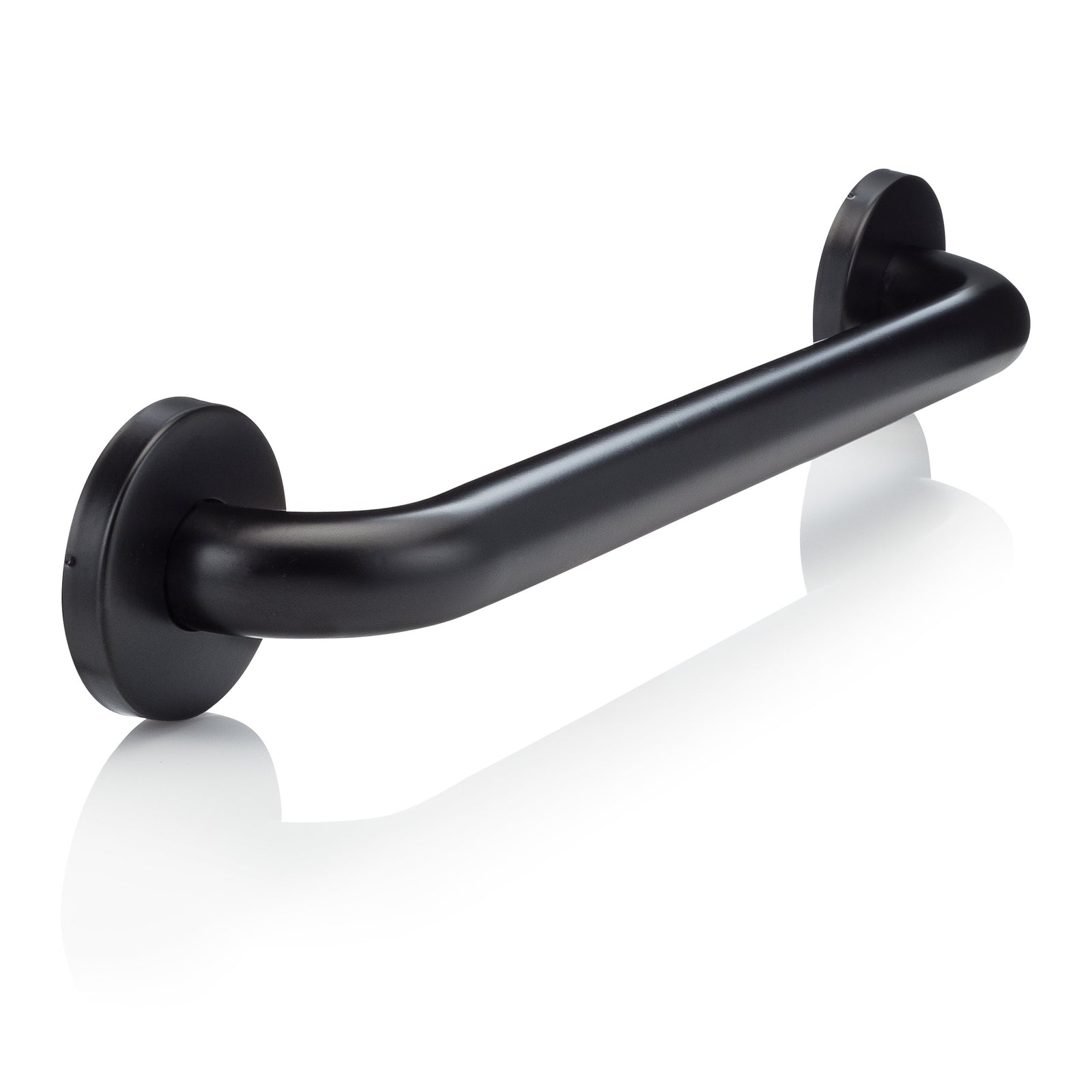
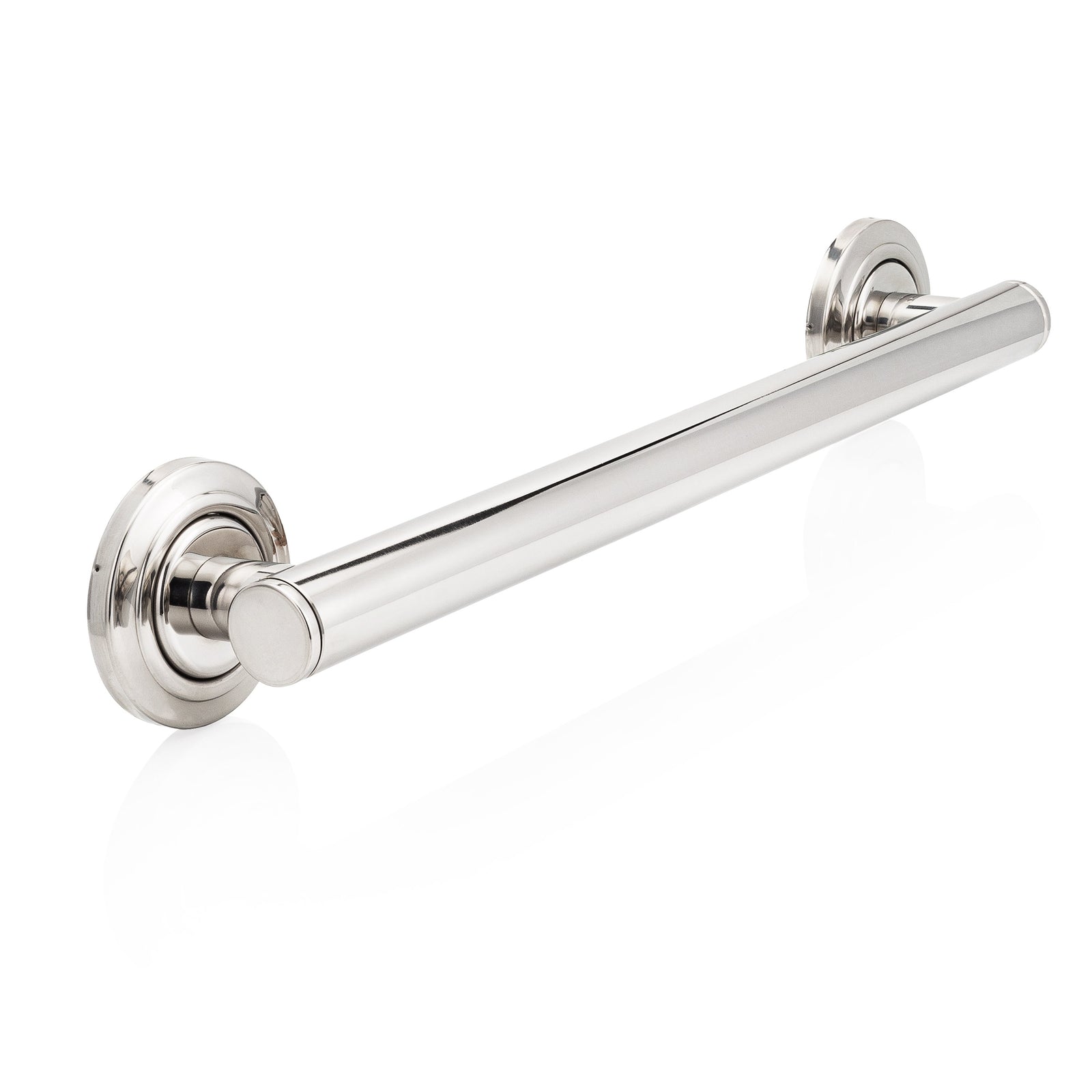
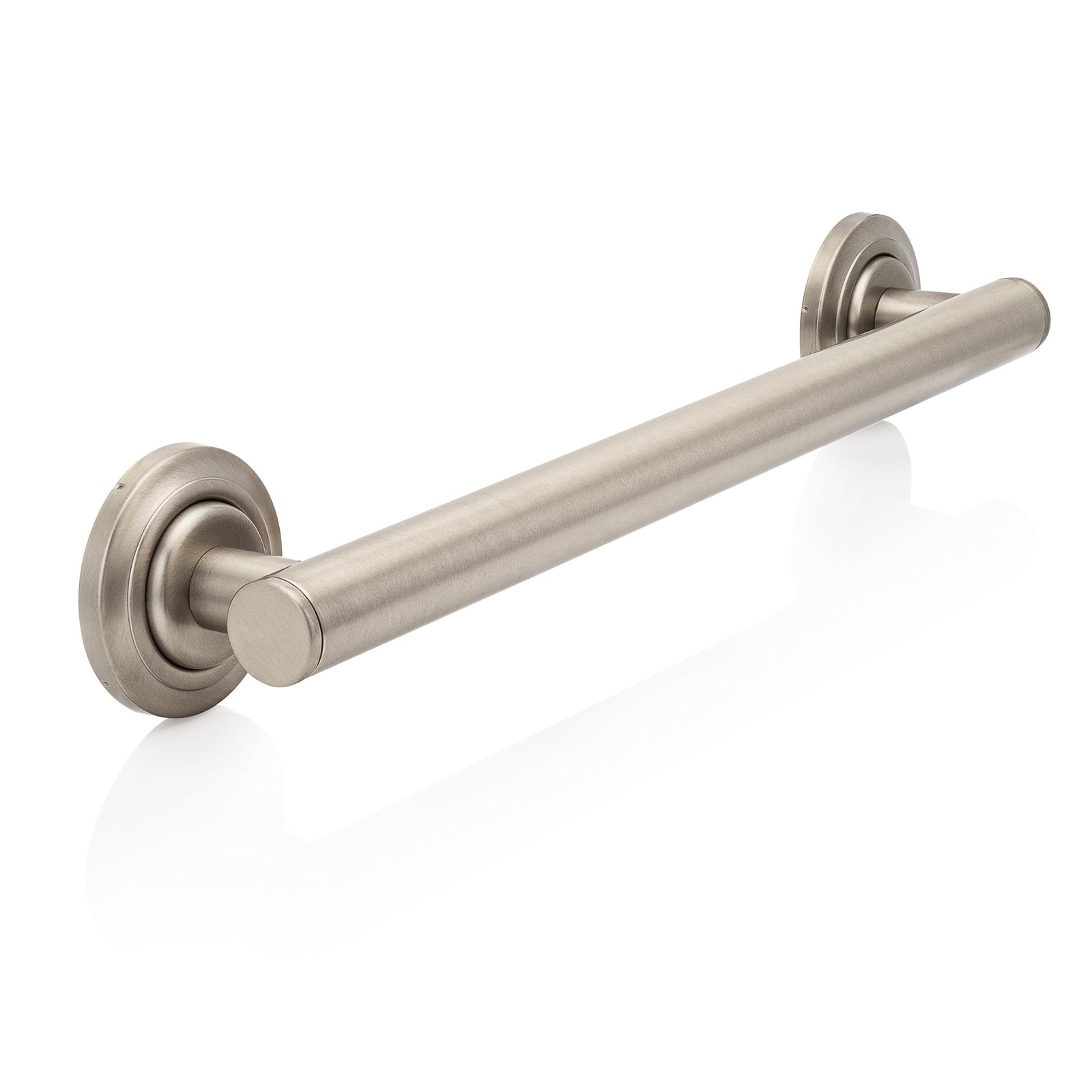

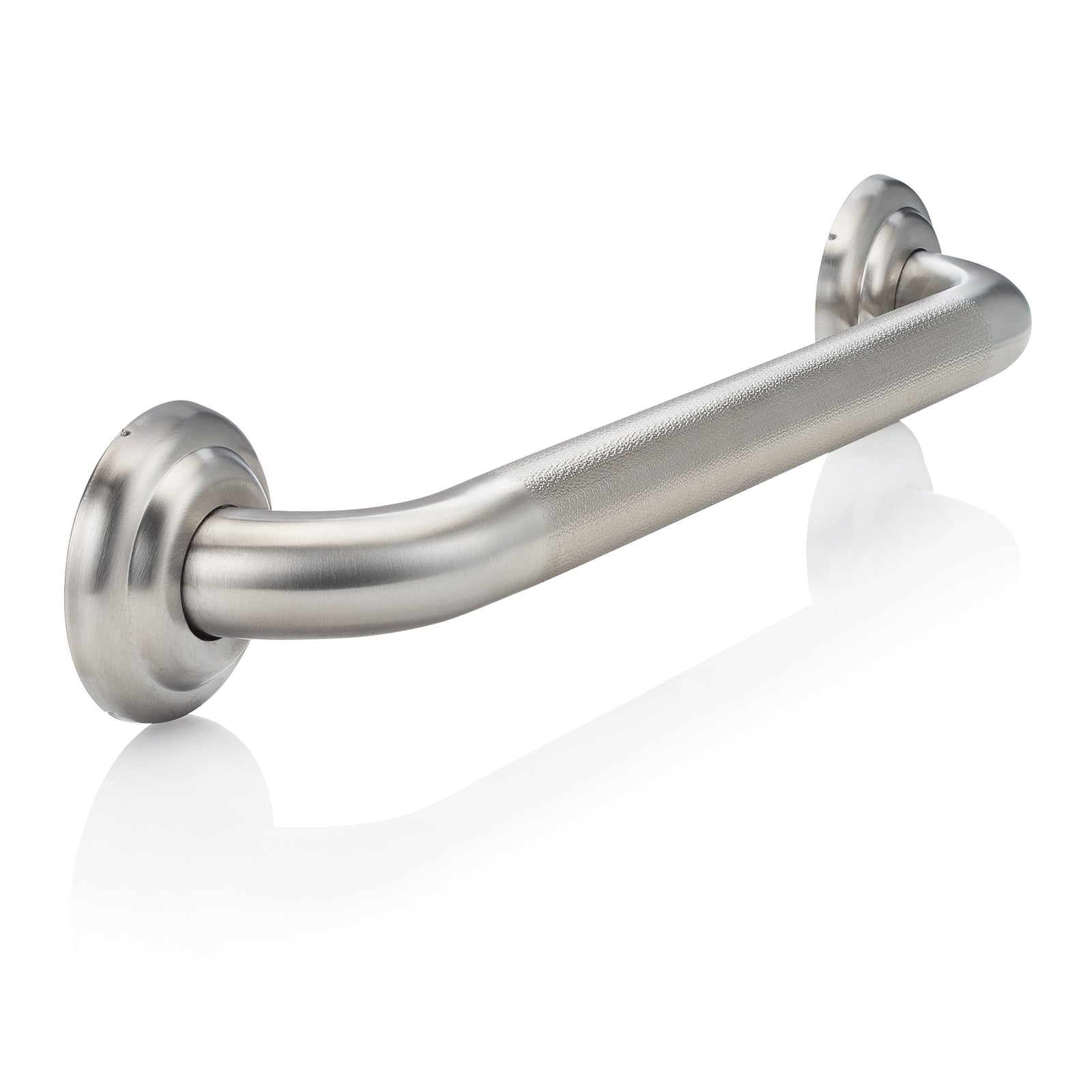
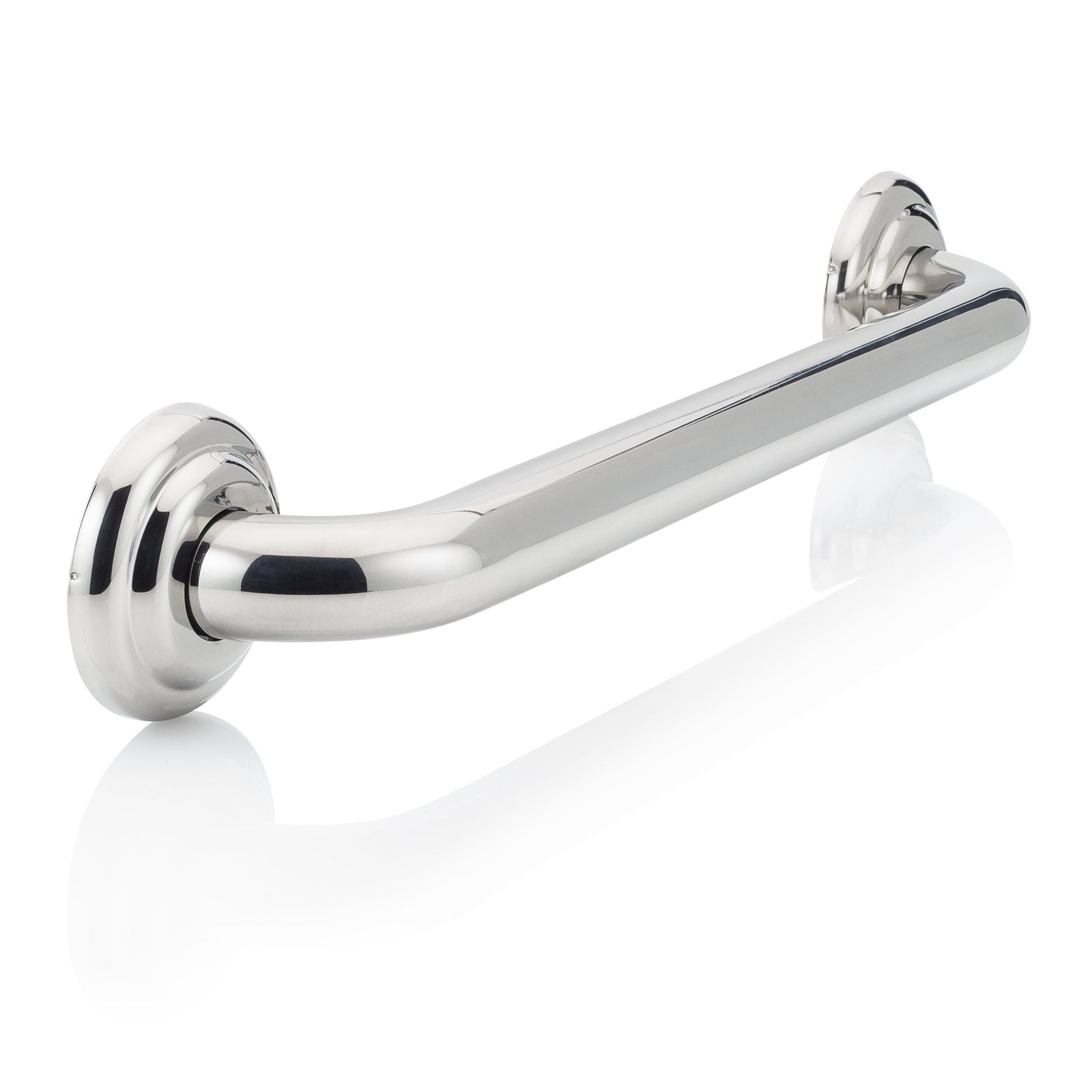
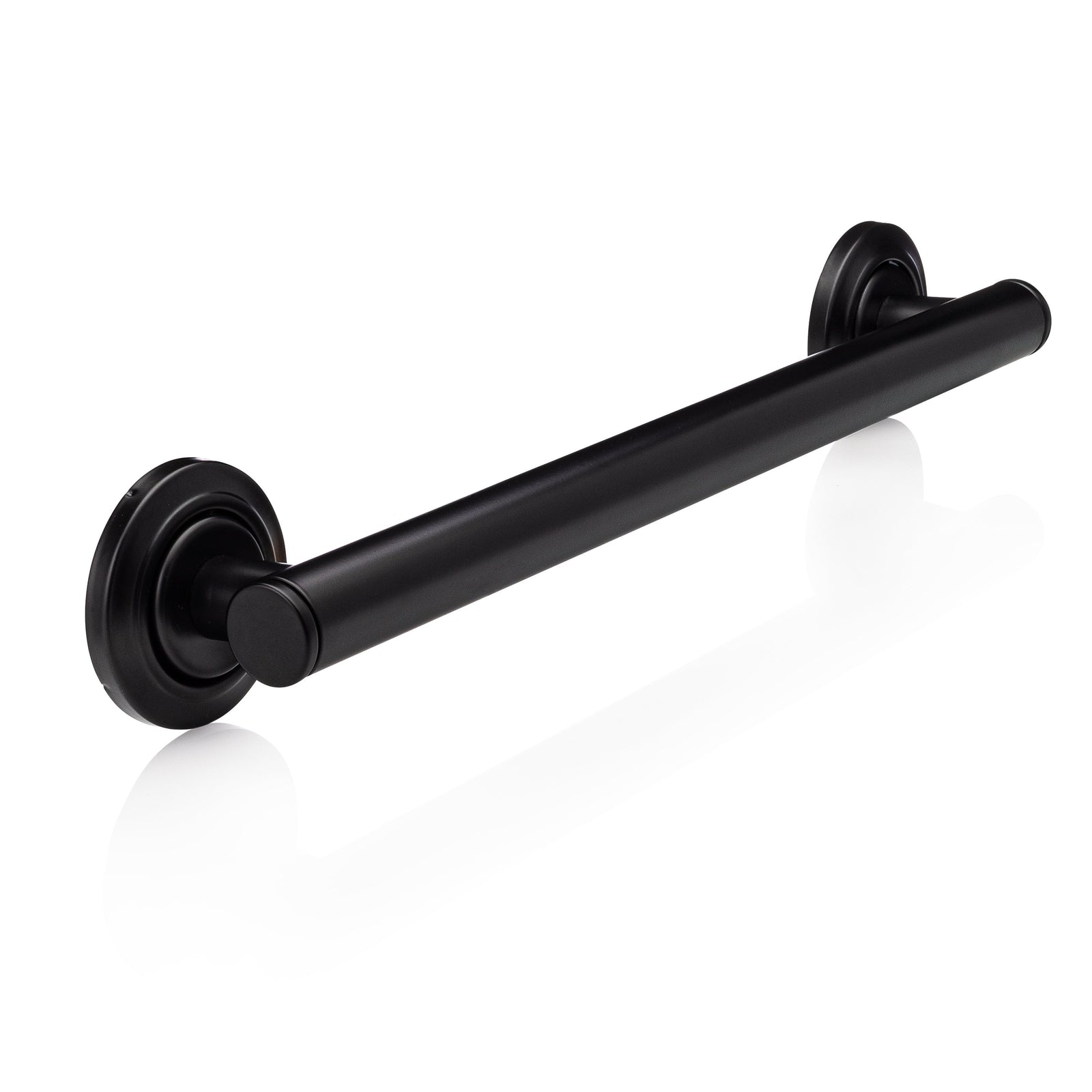
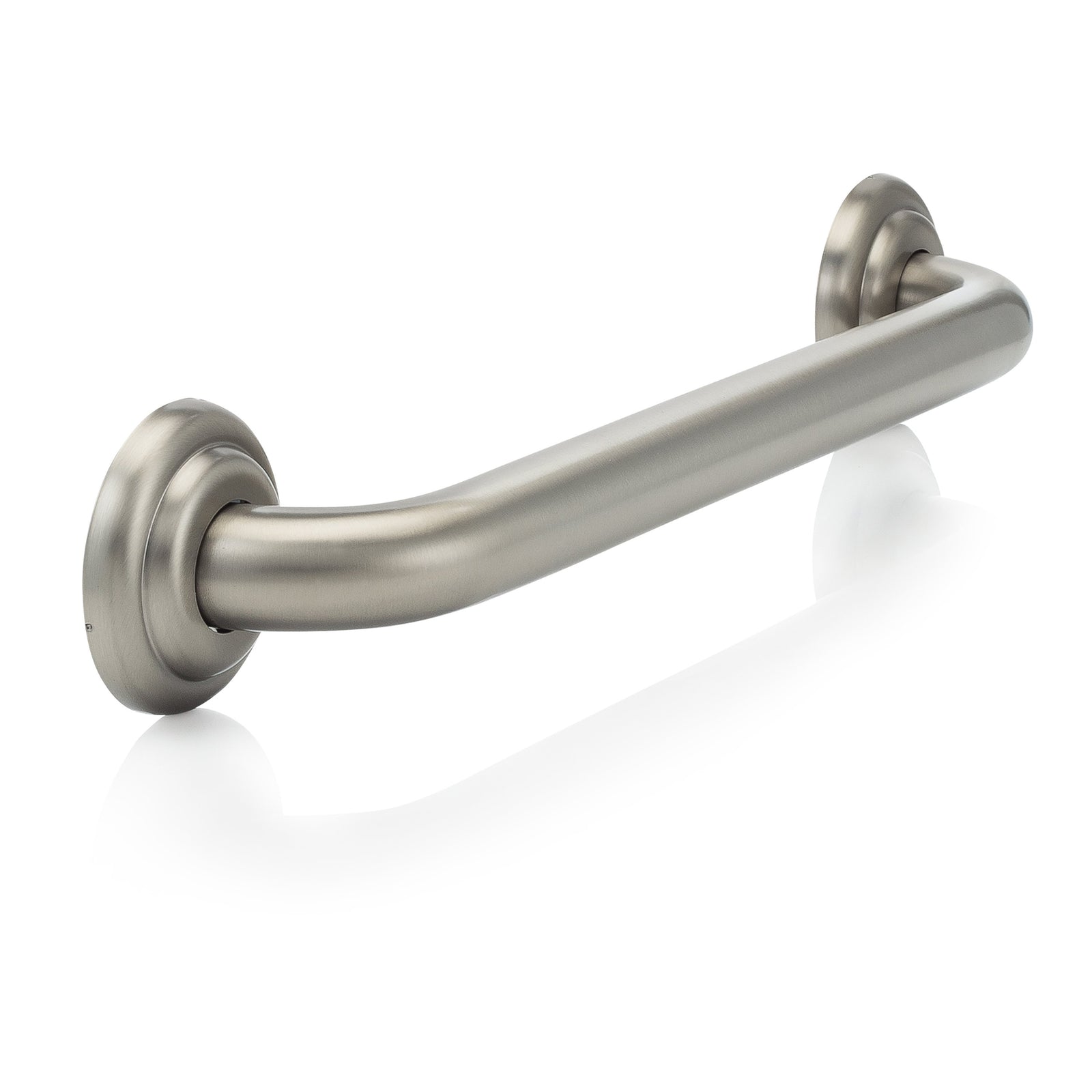
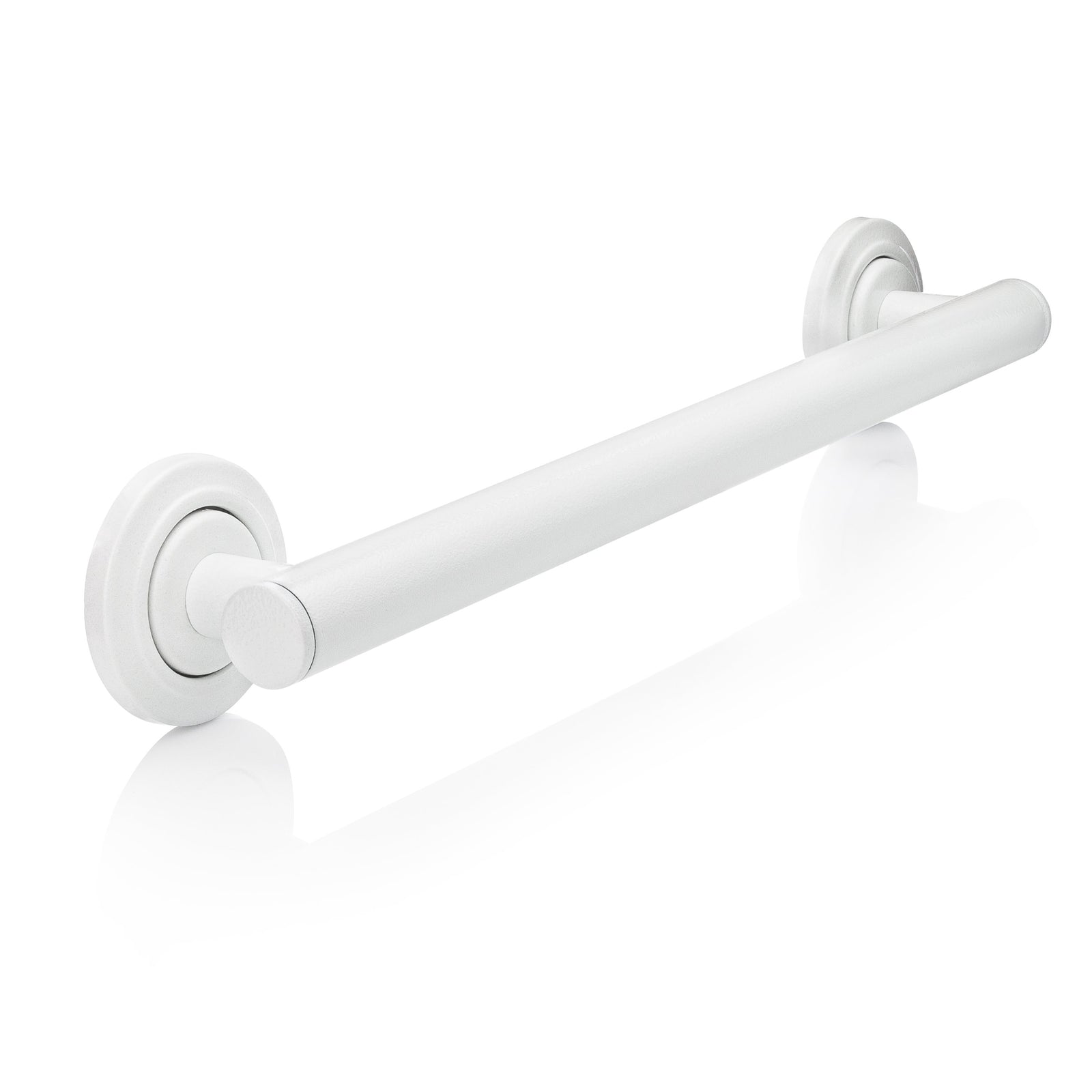
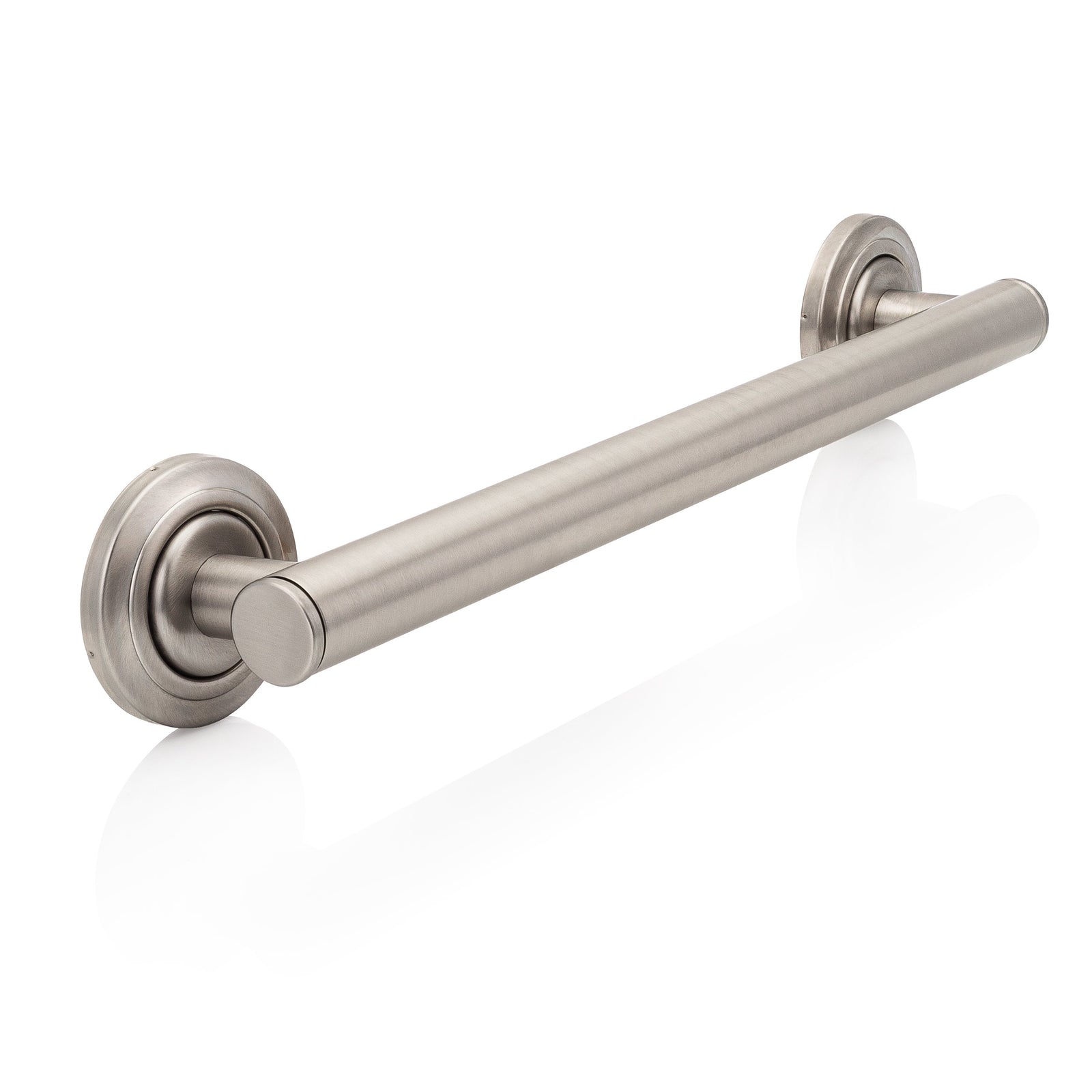
Laura
July 22, 2024
While staying at a hotel recently, my husband fell while getting out of the tub/shower unit. He was using the grab bar with both hands but lost his balance and reached for the towel rack which was directly above the toilet. In doing this, his weight partially pulled the towel rack from the wall. This grab bar (the only one) was at the faucet end. The problem was that the toilet was very close (6”) from the tub so that he had to partially step back while holding on so he wouldn’t trip on the bottom of the toilet. An accident waiting to happen. Having another bar at the other end of the tub would avoid having to maneuver around the toilet. The other complication was that the tub was deep. I’m short and had some difficulty getting out because of that.